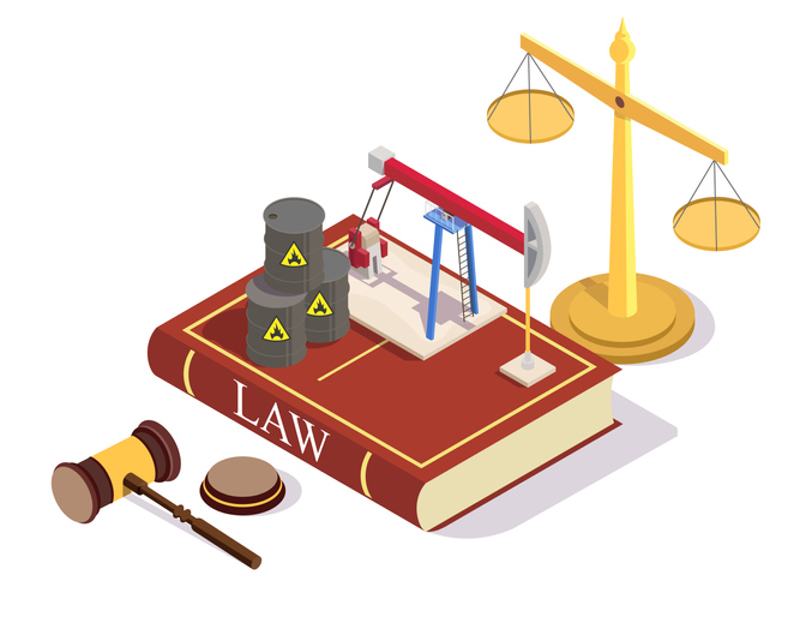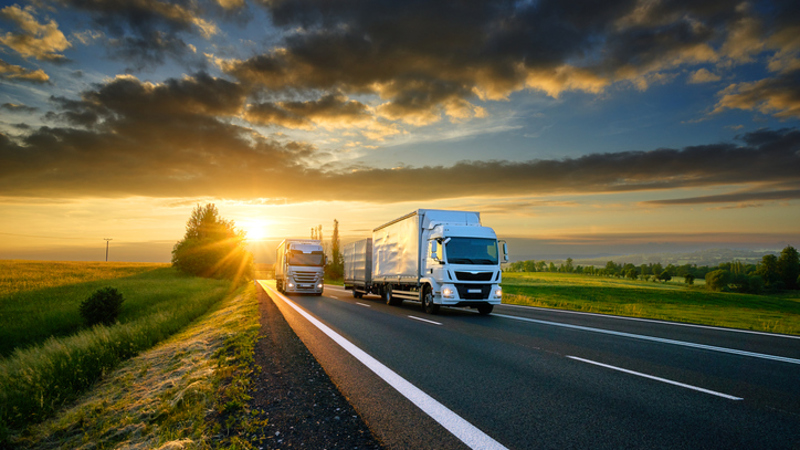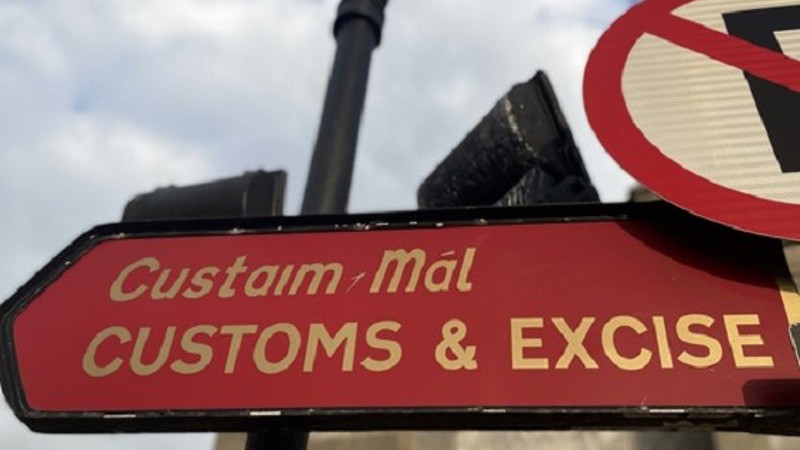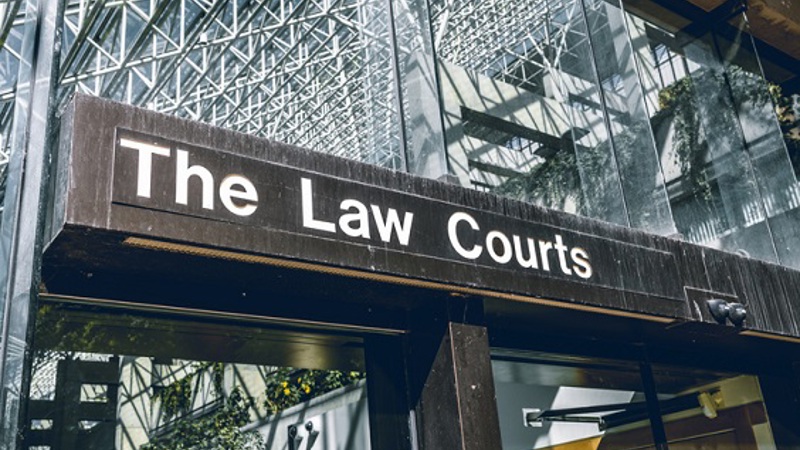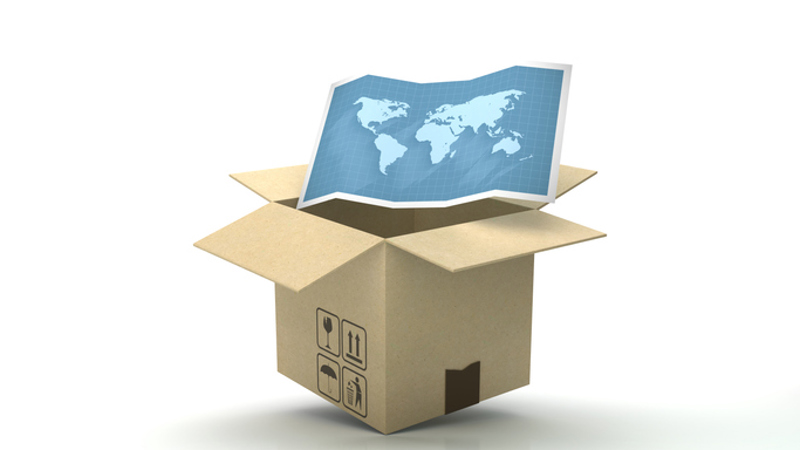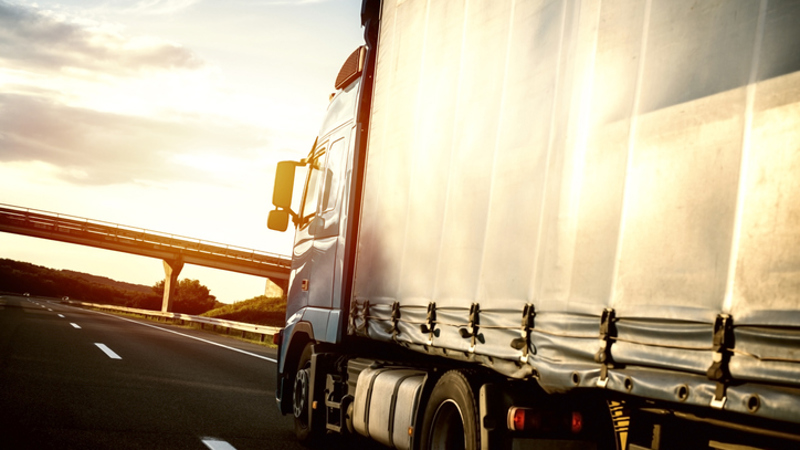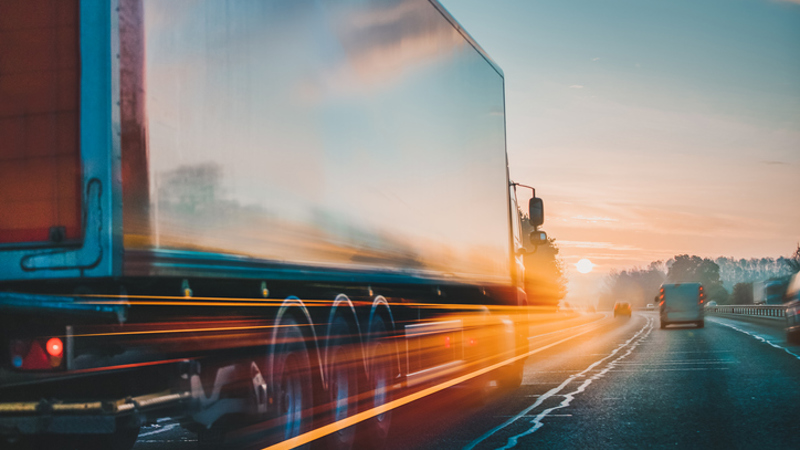Who is liable when dangerous substances are spilled during road haulage?
July 2022
Introduction
The Netherlands is often considered a carrier-friendly jurisdiction. In cases of cargo loss or damage the road haulier will in most cases (there are some notable exceptions) be able to rely on the limitation of liability of SDR 8.33 per kilogram of Article 23 Subsection 3 CMR or, for domestic carriage, on the limitation of € 3.40 per kilogram of Article 8:1105 Dutch Civil Code (DCC) and the governmental decrees relating to it.
However, things are more complicated when damage occurs during the carriage of dangerous substances. Such damage may be suffered by third parties (e.g. bystanders, owners of other vehicles, landowners or safety authorities), by the carrier (e.g. for damage to the vehicle or personal injury of the driver) or by the shipper (e.g. for property damage or for third party claims launched against him).
The carriage of dangerous substances falls under the scope of the Agreement for the International Carriage of Dangerous Goods by Road (ADR). The ADR prescribes how dangerous substances should be loaded and transported and it determines who is responsible for carrying out all the steps that need to be taken in order to transport such substances safely from A to B. But how does the ADR relate to the question of who is liable in the unfortunate event that damage nonetheless occurs?
In February of this year, the district court of Rotterdam adjudicated a case which revolved around the issues of responsibility under the ADR and liability for damages sustained by the shipper.[1]
The case
The company Tankconnect B.V. gave several transport orders to a road haulier (anonymized in the judgment) in July 2020. The orders concerned the carriage of an unspecified liquid chemical between two terminals in Belgium. At the place of receipt, the carrier’s tank container was loaded by the terminal (‘the filler’) on behalf of the shipper. Filling took place through the hatch on top of the container. For safety reasons, the driver was not allowed to be present. After the tank had been sealed, the driver carried out a visual inspection. He walked around the vehicle to check for any leaks. He did not see anything, so he went on his way. At the place of delivery, terminal staff noticed a spill of the cargo on the fender of the tractor. This triggered safety measures, including a check by an external company and the deployment of the fire brigade. Tankconnect paid the costs of those measures.
Tankconnect sought to recover these costs from the carrier and therefore left three freight invoices unpaid. In the proceedings before the Rotterdam court, the carrier claimed payment of these invoices (€7,563.71 in total). Tankconnect lodged a counterclaim, claiming the costs of the safety measures. It argued that after setting off the costs against the outstanding freight it still had a claim of €5,465.91. For reasons not mentioned in the judgment, the court applied Dutch law to both claims.
The parties agreed on how the spilled cargo must have ended up on the fender. Some of the cargo must have been spilled next to the hatch while the container was being filled. When the tractor started moving, that residue must have landed on the fender. The driver had walked around the vehicle, but he had not inspected the top of the tank. According to the haulier, the driver had not been allowed to do so. In addition, the haulier referred to the ADR. The ADR contains an obligation for the filler to ensure that no dangerous residue of the filling substance adheres to the outside of the tanks filled by him (Article 1.4.3.3 under g ADR). The shipper also referred to the ADR and pointed to the obligation of the carrier to ascertain visually that the vehicles and loads have no obvious defects, leakages or cracks (Article 1.4.2.2.1 under c ADR). According to the shipper, this means that the driver should have also looked on top of the tank.
The court ruled, based on Article 1.4.3.3 ADR, that the spill of the dangerous substance on the vehicle should not be at the risk and expense the carrier, because it was first and foremost the obligation of the filler to make sure that there was no residue on the outside of the tank. The fact that the carrier could have discovered the spill by inspecting the top of the tank does not change the fact that the filler apparently did not meet its obligation. For this reason, the claim of the carrier is sustained and that of the shipper is rejected.
The ADR and Dutch transport law
ADR
In the Netherlands, the Carriage of Dangerous Goods Act (‘Wvgs’) determines under what conditions dangerous substances may be transported. Article 5 Wvgs forbids the carriage of dangerous substances, unless it is done in accordance with the applicable regulations. For road haulage, those are the provisions of the ADR, which are incorporated into Dutch law in their entirety.[2] Thus, if a carrier does not comply with the ADR (for example, if he carries a dangerous substance in an unsuitable tank), that is a violation of Article 5 Wvgs. This is punishable as an economic offence under the Economic Offences Act (Article 1a under 1⁰ thereof).
The purpose of the ADR is to ensure public safety. The obligations set out in the ADR, which numbers more than 1,000 pages in total, are designed to achieve this. However, if something goes wrong during the carriage of a hazardous substance, the ADR does not determine which party is liable for the ensuing damages. That liability is governed by Dutch transport law contained in Book 8 DCC.
Book 8 DCC
Book 8 DCC regulates, among other things, the carrier's liability for damage which occurred during transport. The main obligation of the carrier is to deliver the cargo in the same condition in which he received it. In the present case, the cargo was delivered in good condition. The damage consisted of the costs charged by the safety authorities and the private entity which cleaned up the spill. As the cargo was delivered in good condition, the provisions regarding the carrier’s liability for cargo loss and cargo damage are, of course, not applicable. Nevertheless, Book 8 DCC is relevant.
Article 8:1117 of the Dutch Civil Code regulates the shipper’s liability in road haulage. This article, which is non-mandatory law so parties may contractually deviate from it, primarily stipulates that the shipper is liable towards the carrier for "the extraordinary loss which the latter has suffered (…) from things that the latter received for carriage, or from the handling thereof". Although the legislator only had in mind damage caused by the cargo, such as dangerous cargo, to the carrier's vehicle, there is no reason to exclude other kinds of damage (e.g. clean-up costs) from the scope of this article.[3] However, the article continues that the shipper shall not be liable if the damage was caused by a fact for which the carrier is responsible. This refers to a circumstance which, had this been a case of cargo damage, would result in liability of the carrier.
The risk distribution therefore remains the same, irrespective of who claims compensation from whom. For instance, a defect in the vehicle (if that caused the damage) will be at the risk of the carrier, whereas defective packaging of the cargo (if that caused the damage) will be at the risk of the shipper.
Article 8:1117 BW presupposes that it is the carrier who suffered the damages. In the present case, the situation is reversed. Here the shipper has suffered damages which he seeks to recover from the carrier. But this does not change their respective legal positions. Based on this article, the carrier could have raised the defence that the damages cannot be recovered from him, because if he suffered those damages himself, he could have claimed compensation from the shipper.
In the case before the Rotterdam court, the judge did not apply this provision but instead looked at the allocation of responsibilities under the ADR. The judge ruled that preventing the spill was the responsibility of the filler, who was a contractor of the shipper. As a result, the carrier was not considered liable for the damages caused by the spill.
What if the carrier had been directly held liable by (e.g.) the fire brigade?
Suppose the fire brigade and the external company had claimed compensation of their costs from the carrier and not from the shipper. There is a separate provision in Book 8 DCC that governs such noncontractual claims. This applies to third-party damage caused by dangerous substances present in a vehicle (Article 8:1210 ff. BW). The concept of ‘damage' within the meaning of this section also encompasses the costs of preventive measures and damaged caused by preventive measures (Article 8:1210 under b sub 3° BW).
It would be going too far to discuss the entire liability scheme here, but it is important that this scheme in principle imposes strict liability on the carrier of dangerous substances. However, there are exceptions to this (Article 8:1213 BW). A separate provision covers liability for damages caused by loading and unloading operations. It entails that, if the substance has been loaded or unloaded by or on behalf of the shipper or the consignee, that shipper or consignee is liable for such damages (Article 8:1214 Subsections 1 and 3 BW). In our case the damages were caused, ultimately, by the loading operations. Therefore, if the carrier had been directly held to account for the third-party costs, he would not have been liable.
Conclusion
As already stated, Article 8:1117 of the Civil Code is supplementary law. Therefore, a different division of liability can be agreed upon. What is also possible, and perhaps easier to achieve in practice, is to agree in advance on issues such as which party must check for residues after filling and, if that obligation is not complied with, what consequences that will have in terms of liability. It appears as though that did not happen in the above-mentioned case. Apart from this, shippers should be aware that under Dutch law they may be liable for damages suffered by third parties and/or by the carrier. It regularly happens that shippers have insufficient insurance against those risks.
For more information, please contact the undersigned or one of the other lawyers at Van Traa Advocaten.
* * *
[1] Court of Rotterdam 18 February 2022, ECLI:NL:RBROT:2022:1942.
[2] Article 3 Wvgs in conjunction with Article 2 Carriage of Dangerous Goods Decree in conjunction with Article 3 and Appendix I of the Inland Carriage of Dangerous Goods Regulation.
[3] M.H. Claringbould, 'Liability in the transport of dangerous goods', TMA 1995-1, p. 19.
